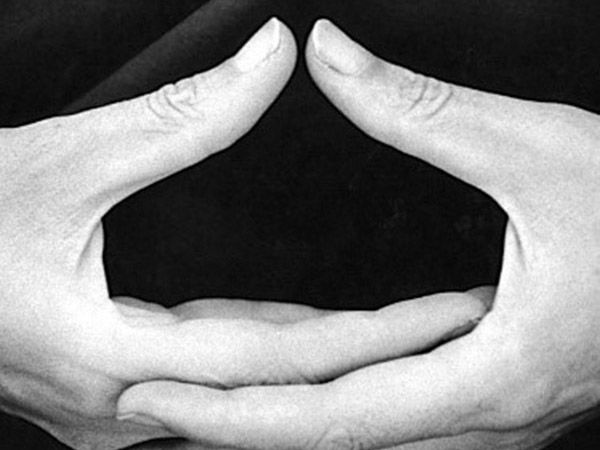Through years of practice and teaching of yoga, the one thing, apart from consistency in practice, that has emerged as something integral to practice is the “quality” of effort applied in practice. The result of the practice is in exact proportion to, not the quantity, but the quality of applied effort. We can say that skill, or yukti that actually defines yoga, lies in the qualitative calibration between the slipping-and-sliding shades of effort; how much, when, and where to push, resist, give-in, hold back, just-watch, just be, or soak-in in order to forge through, when and where to become ready, willing and passively-available to the “calling” of the next dimension of experience, are all different phases and facets of yoga practice.
On the outset, as practitioners, we need to realize that the times we live in are marked by the ideals of production, purity and perfection. Thus, we live in times that valorise strife and are necessarily unkind to the body. Moreover, the vision of these times is somewhat limited as it does not have the permission to easily go beyond the rational. While yoga, at least in essence, categorically embraces both, a) a deep and abiding kindness to, for and within the body, and b) the realm of magical inspiration that lies beyond form, language and even grammar. The processive definition of yoga is to temper the body-mind condition in order to sift it from sthula to sukshma, i.e. from gross to subtle. But what needs to be also remembered is that in doing so, it is already envisioning an even subtler, irreducible state of “being” called para, or that state of “the beyond”, where none of the rules, morals, or grammar applies. In other words, the aim of this yogic distillation is to effortfully-calibrate the movements of the body, mind and breath for the purpose of arriving at that effortless, condition-less state of care-free abandon of blissful “beyondness”. But making the “self” available to the invitation of this empty beyondness requires both inspiration and allowance that is laced with a casual-kindness for the body and self, as well as an openness to the infinite, though unverifiable, possibilities that lie within the body. For me, the effortful practice and even pedagogy of yoga thus must necessarily include the dream of that effortless-beyond. Letting the “breeze” of every breath within the mindful yogic practice bring a waft of such a promise—both distant and immediate—upon the aspiring landscape of the yogi’s body. Making yoga a desirous pursuit of a pleasurable nothingness—a state empty of both virtue and value.
What I am saying is that within the times we live in, the promise of yoga, which is “freedom”, has been castrated from the practice; and that yoga—both in practice and definition—has become both limited and literate and thereby not-yoga. Subsequently, making the practitioner quite literally “destitute” in terms of freedom, abandon beauty, poetry, and power—all of which are either the handmaidens or the properties of the para-state that yoga promises.
Going back to the point of effort, we can see that there are three broad perspectives that have historically come to inform the practice of yoga—and which in turn determine its systematic embodied pedagogy—these being Patanjali (roughly 2nd century CE), Tantra (around 600 CE and onwards) and Haṯha (1100 CE and onwards). Let us begin with Haṯha because that is what is most popularly available to us today. The two phonemes of the word haṯha , ha and ṯha, are said to denote the opposing hard and soft energies of the moon and the sun that abide both in the body and the universe. In common parlance, the word haṯha means forceful and persistent exertion that is almost obstinate in its commitment to forge through, come-what-may.

